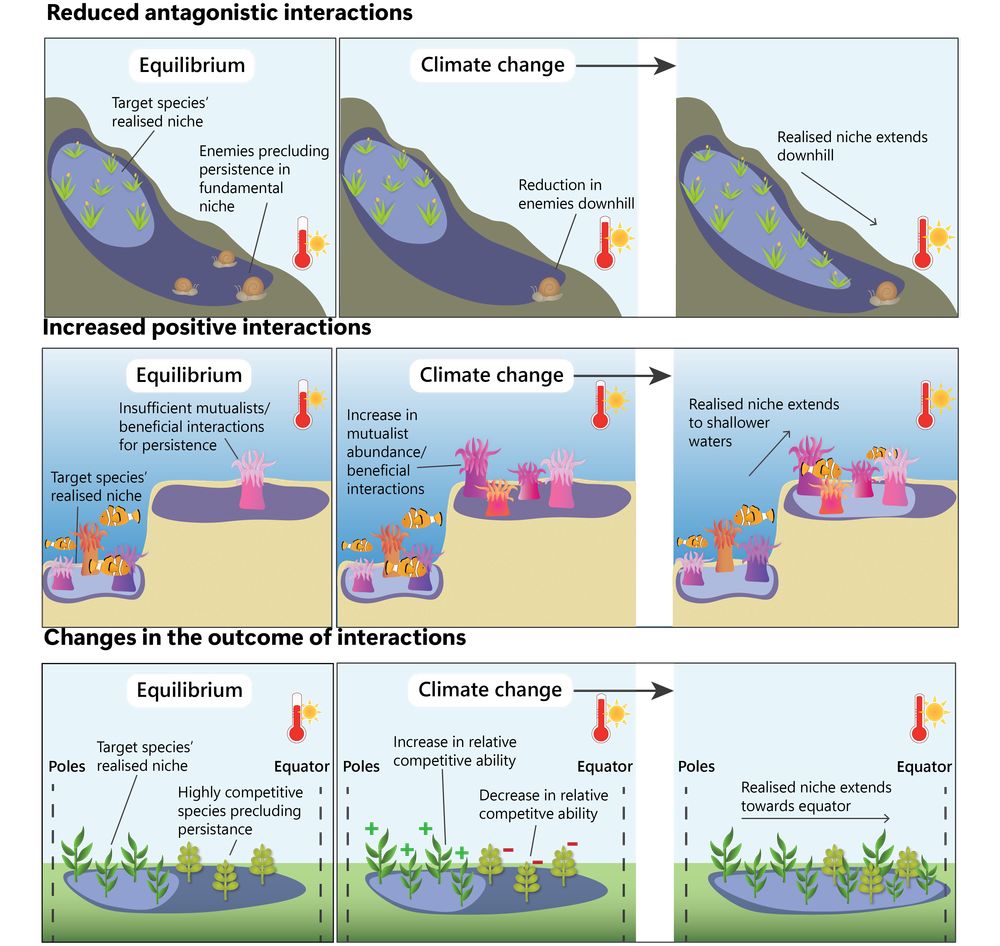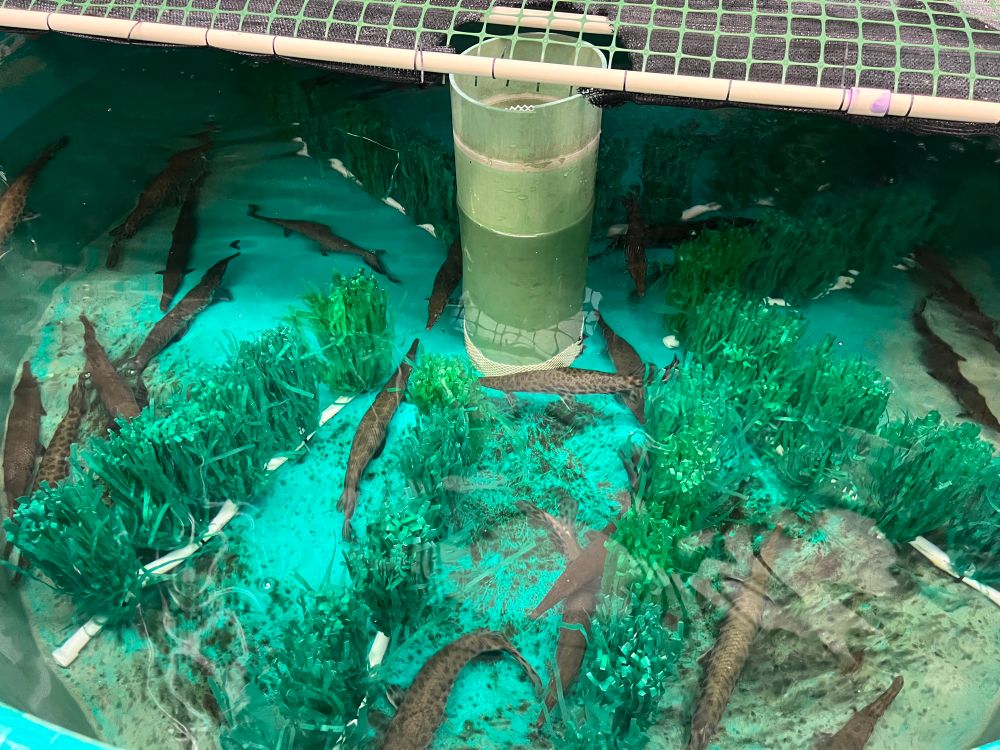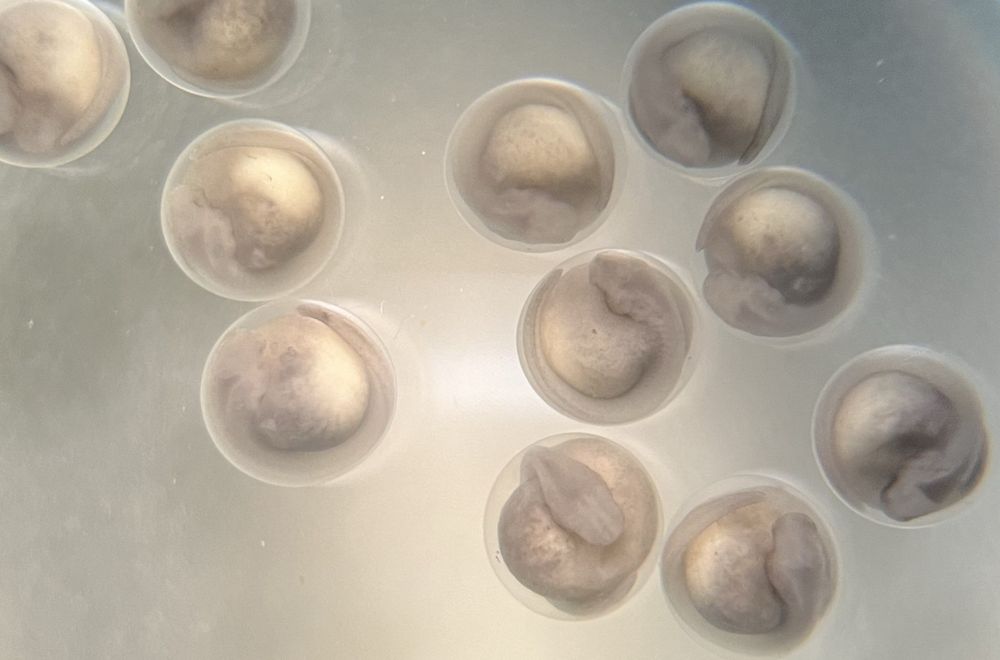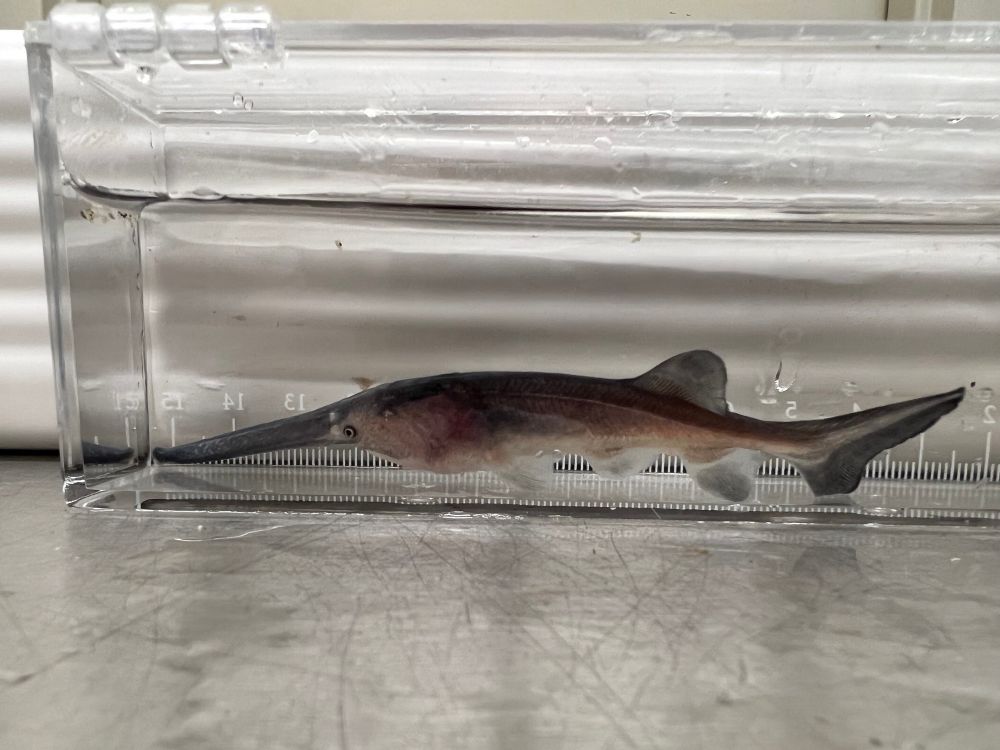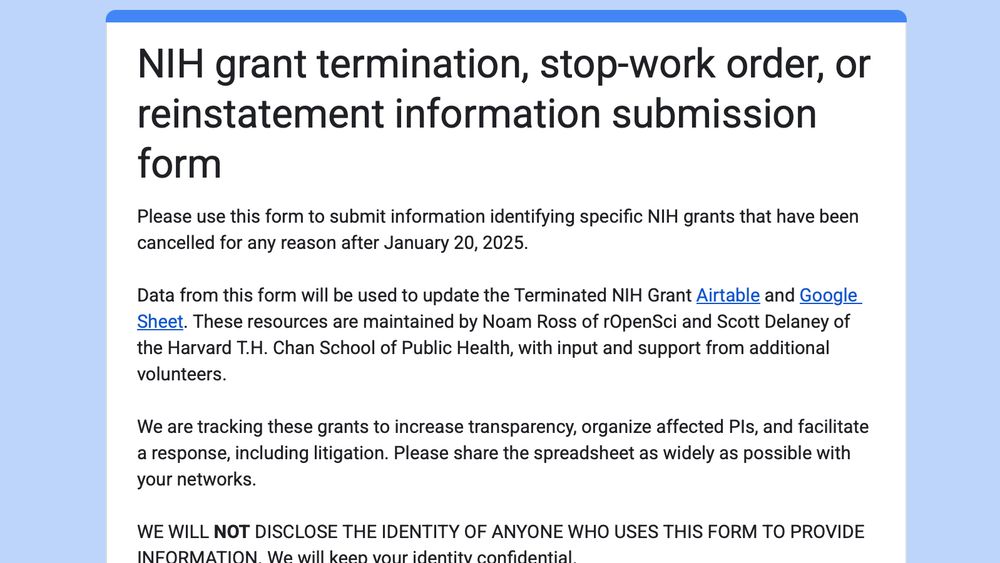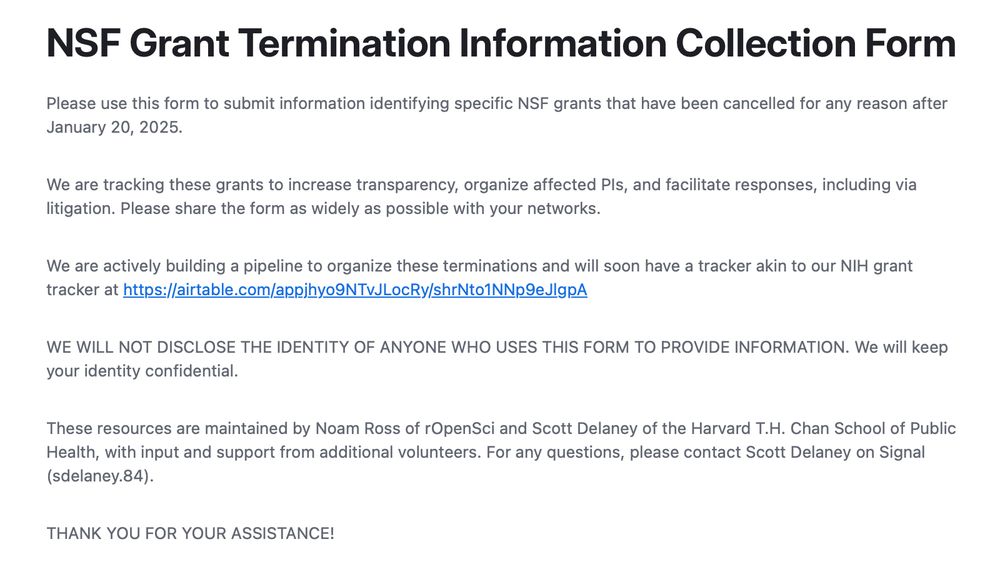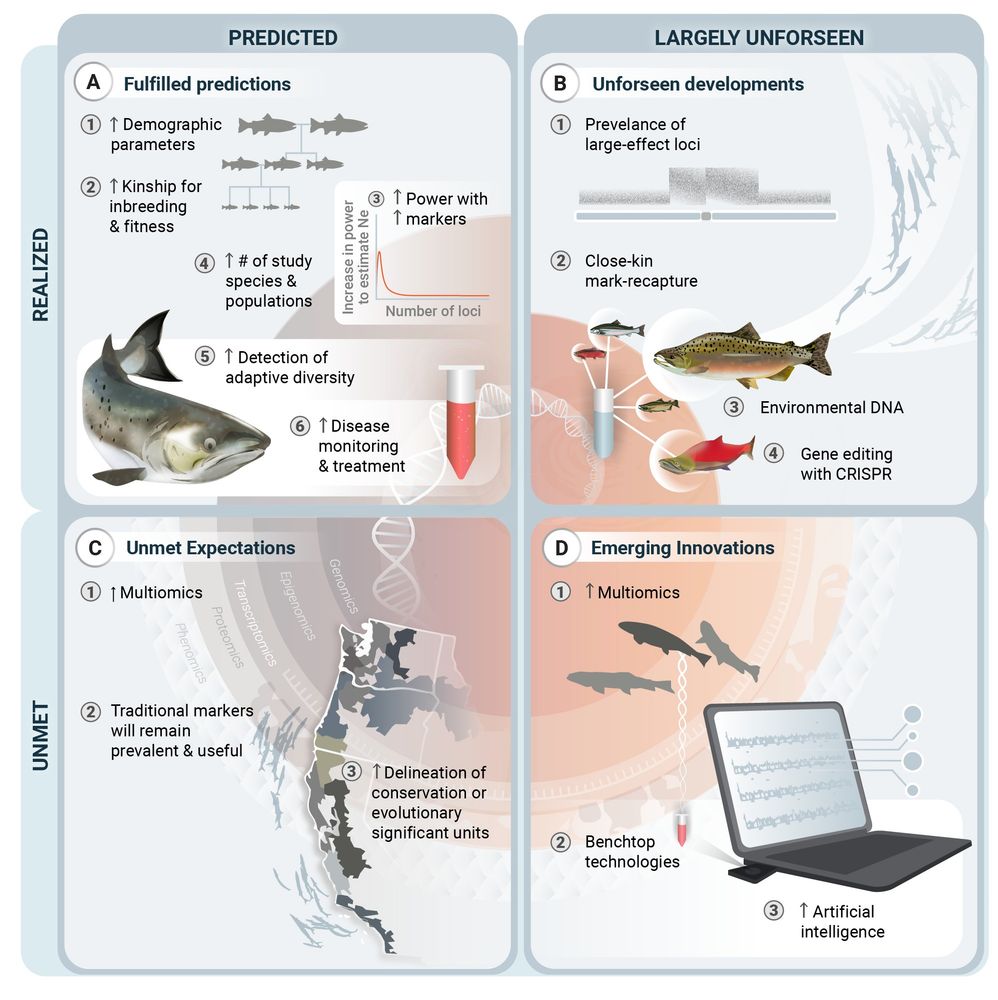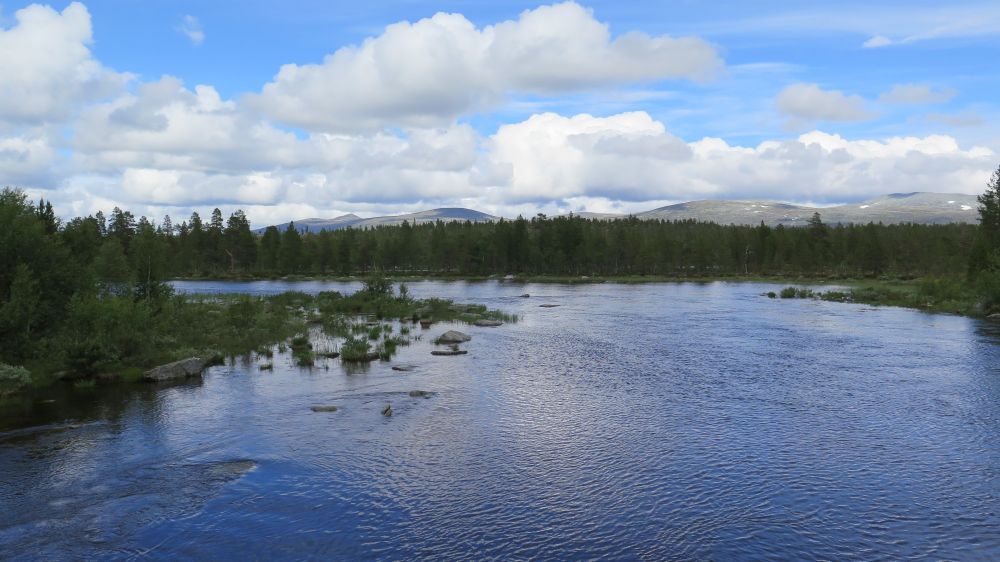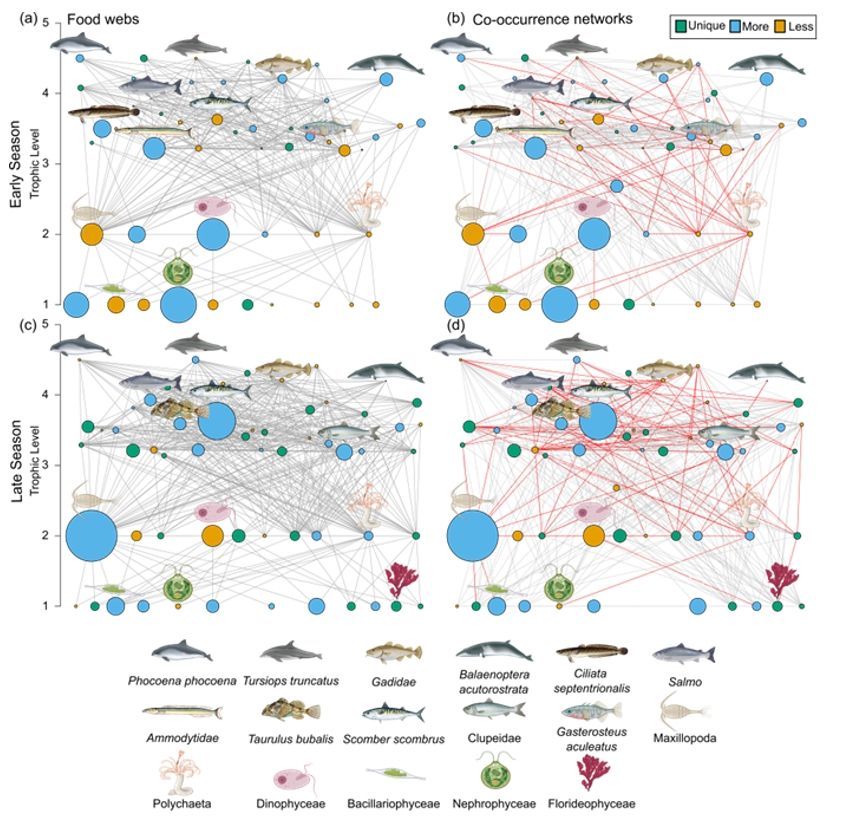Louise Chavarie
@chavarie.bsky.social
1.3K followers
1.3K following
29 posts
Canadian scientist living in Norway. Associate professor at the Norwegian University of Life Sciences, all 🐟 but especially salmonids, evolutionary ecology, aquatic ecology, Arctic, fisheries, eDNA, life-history, food-web, intraspecific variation.
Posts
Media
Videos
Starter Packs
Reposted by Louise Chavarie
Reposted by Louise Chavarie
Reposted by Louise Chavarie
Reposted by Louise Chavarie
Reposted by Louise Chavarie
Fredrik Jutfelt 🐠
@jutfelt.bsky.social
· Aug 18

Associate Professor in molecular/cellular animal physiology (281754) | NTNU - Norwegian University of Science and Technology
Job title: Associate Professor in molecular/cellular animal physiology (281754), Employer: NTNU - Norwegian University of Science and Technology, Deadline: Monday, September 1, 2025
www.jobbnorge.no
Reposted by Louise Chavarie
Reposted by Louise Chavarie
Louise Chavarie
@chavarie.bsky.social
· Jul 2
Reposted by Louise Chavarie
Marie Saitou
@marie-saitou.bsky.social
· Jun 19
Erik Sandertun Røed vant pris for beste oppgave 2024 | NMBU | NMBU
Hvert kalenderår tildeler NMBU pris for beste oppgave. Universitetsstyret vedtok 12. juni 2025 å tildele prisen for 2024 til Erik Sandertun Røed for oppgaven "Evaluating genetic tools to inform conser...
www.nmbu.no
Louise Chavarie
@chavarie.bsky.social
· May 21
Louise Chavarie
@chavarie.bsky.social
· May 15
Reposted by Louise Chavarie
Reposted by Louise Chavarie
Reposted by Louise Chavarie
Reposted by Louise Chavarie
Reposted by Louise Chavarie
Reposted by Louise Chavarie
Reposted by Louise Chavarie
Reposted by Louise Chavarie




